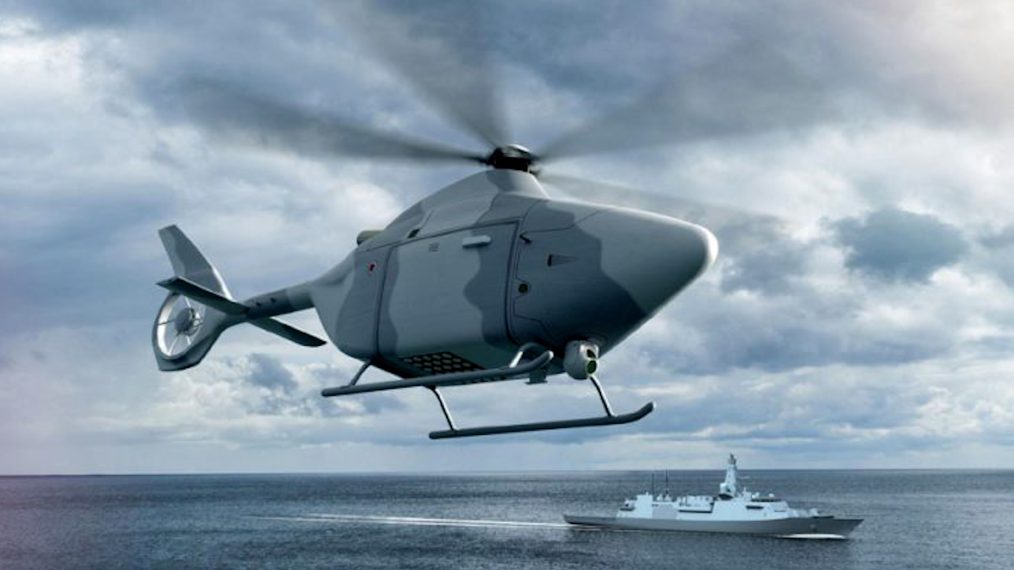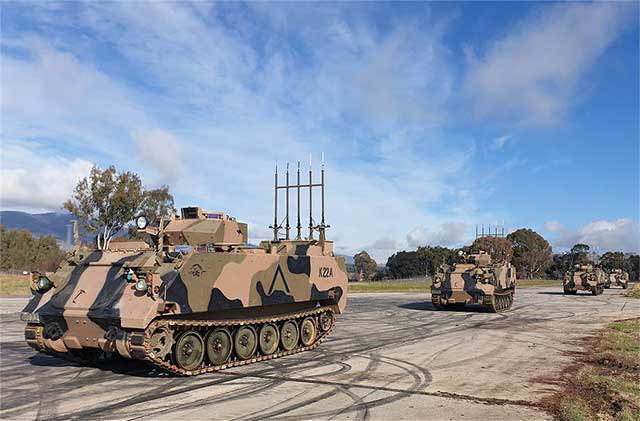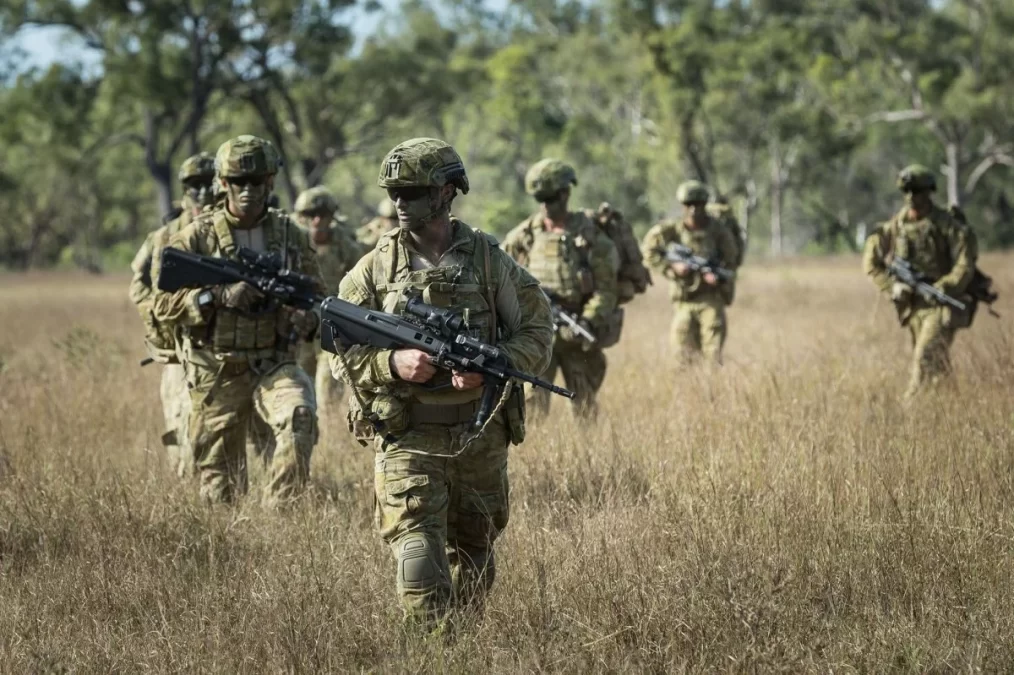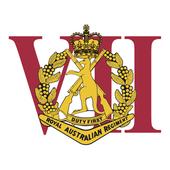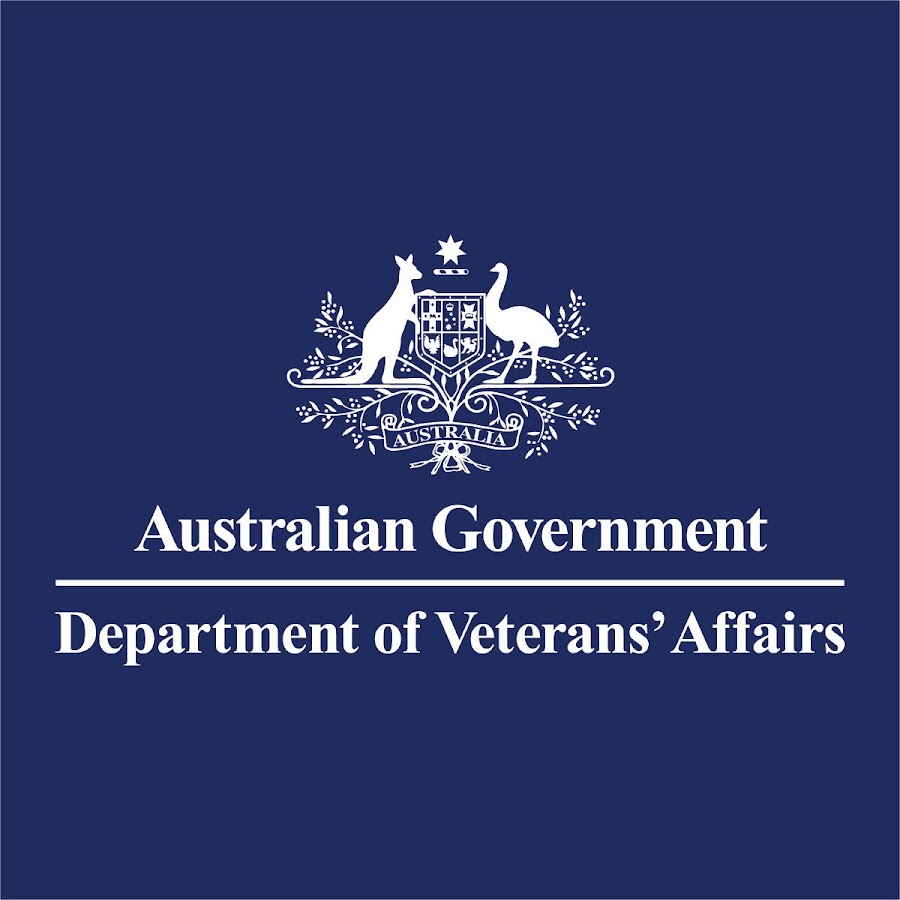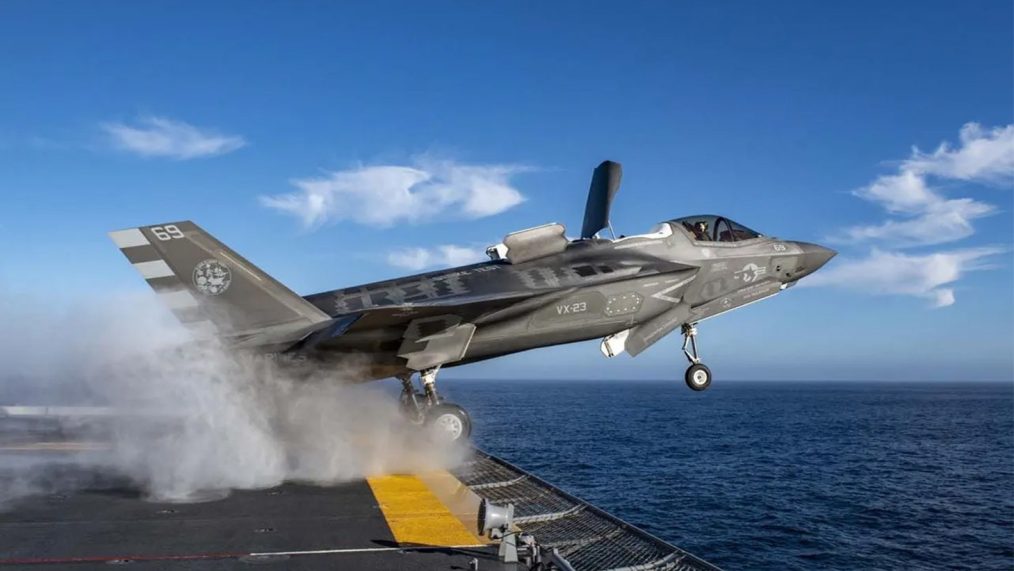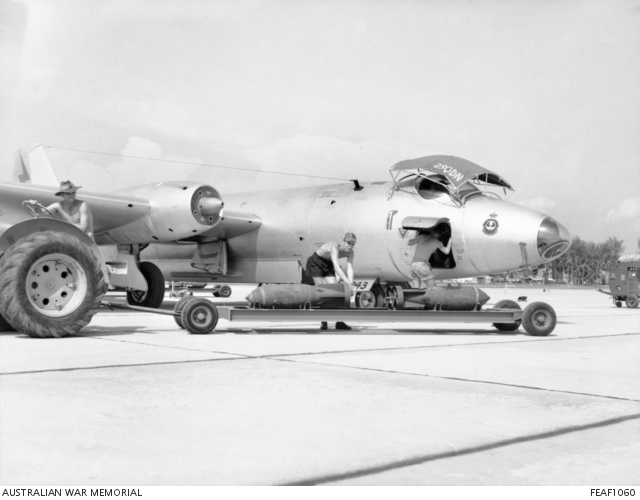ED: From my inbox – thanks to Allan White. If you have an article, you’d like to share, please send it through to me, it saves me research time.
On 21st February 1956, a coordinated air raid was launched against the jungle base of the 7th Independent Platoon, Malayan Races Liberation Army (MRLA) in Central Johore, Malaya. The operation, carried out by Avro Lincolns of No. 1 Squadron RAAF and English Electric Canberra bombers of No. 12 Squadron RAF, resulted in the total destruction of the communist insurgents’ camp. This airstrike was regarded as the most successful of the 4,000 sorties flown by the Royal Australian Air Force (RAAF) during the Malayan Emergency (1948–1960).
Australia’s Role in the Malayan Emergency
The Malayan Emergency was a conflict between British Commonwealth forces and the communist insurgents of the Malayan Communist Party (MCP). The MCP, seeking to overthrow British colonial rule, waged a guerrilla campaign primarily in Malaya’s dense jungles. To counter this, the British and their allies employed a strategy of jungle warfare, intelligence operations, and aerial bombardment to deny the insurgents safe havens.
Australia became involved in the conflict as part of its commitment to Commonwealth strategic interests in Southeast Asia. The RAAF deployed No. 1 Squadron to Malaya in 1950, equipped with Avro Lincoln heavy bombers, to conduct airstrikes against communist insurgents. The squadron was based at RAF Tengah, Singapore, and carried out numerous attacks on insurgent camps, supply routes, and suspected hideouts deep within the Malayan jungle.
In 1955, the RAAF also deployed No. 38 Squadron, equipped with Dakota transport aircraft, to provide logistical support, troop movements, and supply drops for Commonwealth ground forces engaged in counterinsurgency operations. Additionally, RAAF aircraft assisted with psychological warfare, dropping leaflets urging insurgents to surrender under the British “Briggs Plan”, which aimed to cut off communist support from rural communities.
The 21st February 1956 Raid
The air raid against the 7th Independent Platoon, MRLA, was meticulously planned based on intelligence reports indicating the presence of a well-established jungle base. The Avro Lincolns of No. 1 Squadron RAAF led the attack, delivering heavy bombing runs on the target. The RAF’s No. 12 Squadron Canberra bombers, known for their precision strikes, followed up with additional bombardment, ensuring the complete destruction of the encampment.
The success of this mission demonstrated the effectiveness of air power in counterinsurgency warfare, particularly in Malaya’s rugged terrain where conventional ground forces struggled to locate and engage communist guerrillas. The raid significantly weakened the MRLA’s operational capability in Johore and was a key example of how strategic aerial bombing contributed to the eventual defeat of the communist insurgency.
Australia’s Broader Commitment in Malaya
Beyond air operations, Australia played a wider role in the Malayan Emergency. In 1955, the Australian Army deployed the 2nd Battalion, Royal Australian Regiment (2RAR) to Malaya as part of the British Commonwealth Far East Strategic Reserve. The battalion was engaged in patrolling, ambushes, and search-and-destroy missions against communist forces.
By 1958, the RAAF’s involvement was winding down, as the insurgency had been largely suppressed. However, Australian ground troops remained engaged in anti-guerrilla operations until the Emergency was officially declared over in 1960.
Legacy of Australian Involvement
Australia’s contribution to the Malayan Emergency was its first major post-World War II military commitment in Southeast Asia, setting a precedent for future deployments, including the Konfrontasi (Indonesia–Malaysia Confrontation) and the Vietnam War. The experience gained in Malaya shaped Australia’s approach to counterinsurgency and strengthened its military ties with Britain and Malaysia.
The 21st February 1956 air raid remains one of the most notable air operations of the Malayan Emergency, showcasing the effectiveness of coordinated airstrikes in jungle warfare and reinforcing Australia’s role as a key Commonwealth ally in the region.
Photo from AWM collection

